Red Fox Interaction with Humans - Foxes as a Resource
For most of the history of fox interaction with humans, when it hasn’t been actively vilified or deified by religious cultures, it has at best been considered a pest to be exterminated. In some cultures, however, the fox has long been viewed as a commercial resource, with some evidence that as long ago as the Stone Age in Britain people were trading fox furs for goods (and possibly services). A study by Chris Baumann and colleagues at the University of Tübingen, published in Archaeological and Anthropological Sciences during 2020, for example, suggests that foxes were an important prey item and their fur, meat and teeth an important element of the human economy in Germany at least as far back as the Aurignacian (42,000–34,000 BP), during the Palaeolithic. We also have records, dating from several Bronze Age sites, of humans using fox fur and at least one record of fox skinning from the Iron Age.

There is evidence that the Romans wore fox fur (and even had foxes as trophies) and there is much evidence for the use of foxes for their fur during the Mediaeval period. In a paper to the journal Archaeofauna back in 2003, Ian Baxter and Sheila Hamilton-Dyer report on a large assemblage of animal bones from Saxo-Norman deposits (10th to 12th Century) in Hertford. Among these bones were the remains of several foxes and the archaeologists suggest that -- because most of the remains were foot and tail elements, which are typically left in furs -- these bones may represent evidence of the commercial exploitation of foxes by these settlers. According to an article by David Macdonald and Geoff Carr, published in New Scientist back in 1981, a full length fur coat includes about 14 fox pelts, while a short one has about eight.
Alongside the commercial exploitation of foxes for their fur, they were also widely used in human potions and "medicines" in Europe during the 1700s. In particular, Oglio di Volpine, sometimes just or Olio Volpino, ("Oil of Foxes") had almost universal approval in pharmacological texts for treating a range of conditions, including gout and various aches and pains. According to The Science Museum, the remedy was prepared by gutting a fox and simmering it in a broth of spring water, sea water, oil and salt until the water evaporated. The cooked fox was then boiled in water infused with herbs, and the syrupy water was strained and stored in a special jar/jug for use.
Farming foxes for fur
The International Fur Trade Federation (IFTF), on their website, point out that the fur trade has a long and fascinating history, stretching as far back as the Stone Age, when fox skins were first worn by man. Many ancient Mediterranean civilisations, including the Phoenicians, the Greeks and the Romans, seem to have attached great ceremonial importance to tanned animal hides, which were seen as a symbol of power and luxury. According to the IFTF, in Northern Europe, fur began to be worn as a fashion item as well as for warmth from the 10th century.
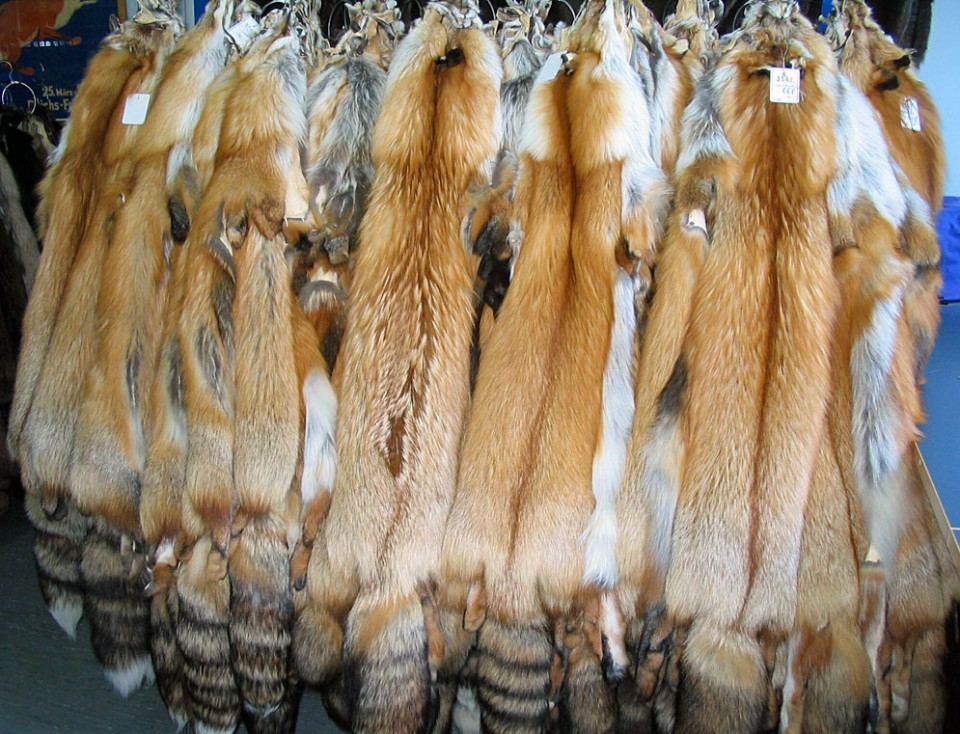
In his 2006 book, Fox, Martin Wallen describes the history of fox fur farming and, in his summary, he notes that prior to mid-18th Century, few people wore fur (it was still associated with Barbarian clothing) but from this period foxes began being hunted for their fur to be sold commercially and, by 1785 fox fur had found a place in Western fashion. Fur in fashion really took hold in the 19th Century and there was serious money to be made trapping foxes in America’s Pacific Northwest. Trapping foxes is, however, often difficult and tiresome work and, in 1890, Charles Dalton and Robert Oulton joined forces to start ‘ranching’ (i.e. farming) Arctic foxes commercially on Canada’s Prince Edwards Island (PEI).
From PEI the practice spread and, by 1913, farms had become established throughout western Canada, into the USA and across into Eurasia. By the 1920s fur farming was the third largest business in Alaska (behind fishing and mining) and, by 1925, there were almost 400 fox farms -- holding some 36,000 foxes -- operating throughout the Alaskan Islands. Wallen notes that the Great Depression of the 1930s dealt fox farming a blow, causing trappers to eradicate many of the populations they established, although the business was still profitable when compared with other forms of agriculture.
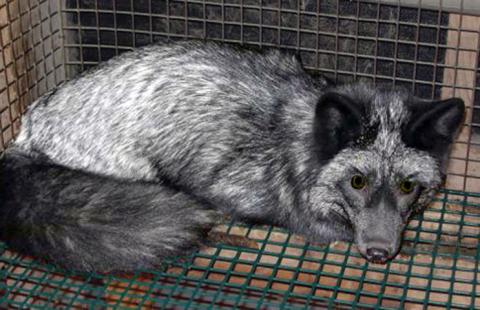
Fur farming remains a substantial industry today. After boasting a substantial silver fox fur farming industry during the mid-1920s and early 1930s, the practice is currently illegal in the UK under the Fur Farming (Prohibition) Act 2000 and the Fur Farming (Prohibition) (Scotland) Act 2002. There is some small scale fur farming (mainly mink) in Republic of Ireland.
In Europe several countries have banned fur farming in certain states/provinces, while others (the Netherlands, for example) have banned farming certain species, including foxes, for their fur. According to the European Fur Breeders Association (EFBA), as of 2016, there were 5,114 fur farmers within the EU member states. The main fur farming countries are Denmark, Finland, Norway, Sweden, The Netherlands and Poland. Fur farming was banned in the UK in December 2003 and the 13 farms in business at the time were closed. There are still three farms operating in the Republic of Ireland, although none produce fox skins.
European farms produced fur worth an estimated 1.5 billion Euros (1.2 bn GBP or 1.9 bn USD) in 2010. Finland is currently the largest producer of fox pelts in Europe, accounting for 2.3 million per year – almost 93% of the 2.49 million produced in Europe. Elsewhere, the IFTF estimate that the Canadian fur trade is worth 800 million CAD (about 500 million GBP or 600 million EUR), while the value of the US fur industry is estimated at 1.8 billion USD (1.2 bn GBP or 1.4 bn EUR). The IFTF estimate that 85% of global fur is supplied by farmed animals, while the remaining 15% is wild caught (i.e. trapped).
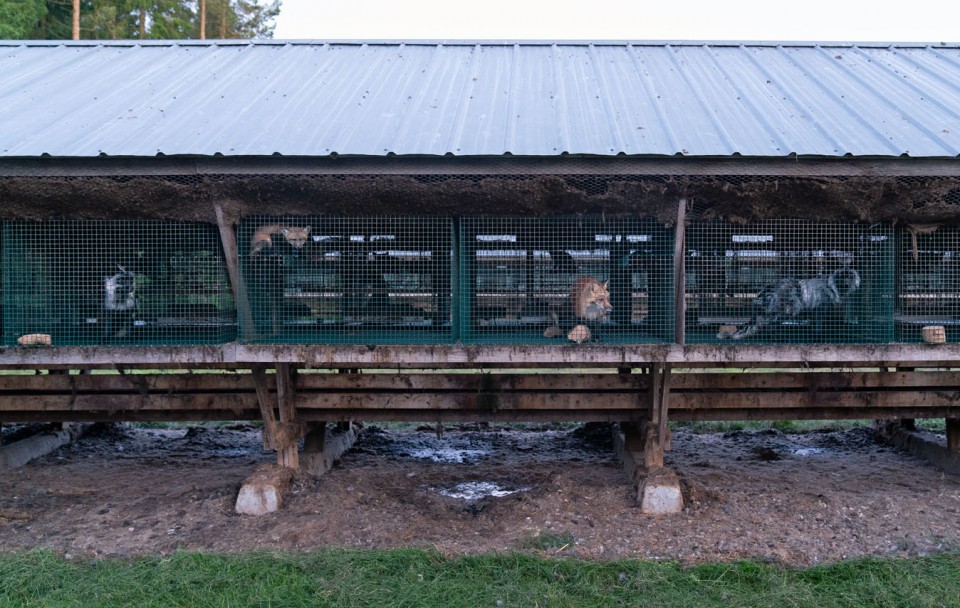
Fur farming is a highly controversial subject, not least because of the conditions in which some animals are kept. Generally it seems that foxes are kept in small cages in sheds and, once their fur has reached the required density, they are electrocuted and skinned. Much has been said about the poor state in which these foxes live. Indeed, a quick Internet search will bring up as many fur farmers extolling the quality of the living arrangements of their animals as animal welfare websites describing soiled battery conditions. One thing is for sure: much work has been done -- and continues -- to establish how to improve the living environment (both in terms of the impact it has on the fox’s physical health and its psychological well-being) for the animals in some farms, albeit often with the aim of improving yeild, and we have learnt much about fox behaviour and biology in the process. There is, nonetheless, an argument to be made that this remains a poor justification for an industry serving the fashion industy.
During 1980s the anti-fur movement became organised and their campaigns are considered partly responsible for a decline in the popularity of fur during the 1990s. Wallen, who appears generally anti-fur farming based on the tone of his book, makes an interesting point that boycotts of fur by animal rights often overlook the impact this can have on indigenous communities, which are often heavily reliant upon the revenue generated from the trapping. It is certainly a complicated and contentious issue and I should point out that the foregoing does not mean that I endorse the farming of animals for their fur. There are truly horrific stories about animals being abused or skinned alive on fur farms. At the same time, we have seen some forward strides in the living conditions of the animals, largely spearheaded by researchers at the Norwegian University of Life Sciences.
The fox as food
Generally speaking, mammalian carnivores don’t eat the meat of other mammalian carnivores and this is as true for humans as it is for wolves, bears or lions. There are several reasons for this, not least because carnivores tend to be more difficult and dangerous to catch than herbivores. Additionally, many carnivorans (particularly felines) derive much of their energy from protein, while also consuming a lot of fat (rather than the more balanced diets of many primates). The ammonia produced during protein metabolism can give carnivoran meat a pungent smell, while the high lipid content can make the meat greasy. There are also concerns about parasite (particularly hyatid worm) transfer via the meat, which makes the way the meat is handled and cooked very important. These factors combined tend to make foxes unpalatable to most humans.

There are, as with everything, exceptions and some tribes (including the Kazakh people of Western Mongolia) eat fox meat, as do people in some developing countries, although perhaps more out of necessity than preference. Some private hunters also occasionally consume the meat of the foxes they shoot, although my research suggests that it’s generally not common. Based on what I have read on Internet forums, it seems that where fox meat is eaten, it is generally slow-cooked as part of a casserole and, even with such long cooking, the meat is often still tough. Nonetheless, in April 2011 JM Danslow butchers in Gravesend, Kent started selling fox rump meat. The meat is imported from farm-reared foxes in Denmark and Sweden and, according to an article in The Metro, the meat has a minty taste, not dissimilar to lamb.
A beast of the chase
Finally, the fox is perhaps the best known ‘animal of sport’ in the British countryside and, for many, hearing the word fox will conjure images of mounted hunts racing across the landscape. Fox hunting, and its history, is a complicated and long-running story about which many books have been written. I could not hope to cover the entire history of fox hunting in this article and as such I shall stick to the pertinent developments concerning fox hunting for sport in Britain. Readers interested in a more detailed account of this subject are directed to Wikipedia’s page on the subject. There is also a, now rather out-dated, review of fox hunting elsewhere on this site, while the question of how we control foxes is discussed at length in an associated Q/A.
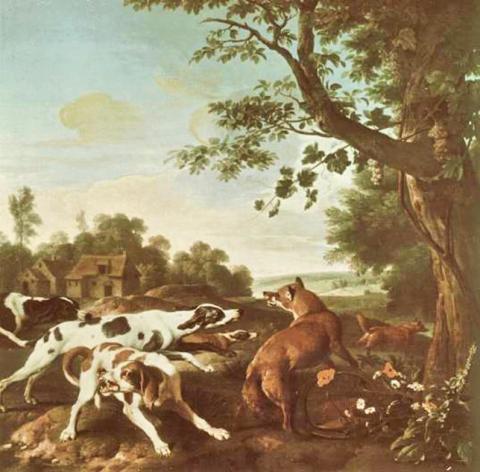
As a small, highly adaptable opportunistic carnivore, the Red fox has always experienced the sharp end of man’s disdain. In his fascinating 2007 book Silent Fields (an account of Britain’s general mistreatment of its wildlife), Roger Lovegrove describes the fox’s relationship with man as schizophrenic. Indeed, killing foxes was always seen as a form of pest control, with few people taking much interest in it; until, that is, foxes were identified as "beasts of chase" and hunting parties were established. Precisely when the first fox hunt took place is lost in the annals of history. In Running with the Fox, David Macdonald notes that fox hunting has its origins in the Middle East during the 4th Century BC, or possibly earlier.
In Britain some of the earliest records of foxhounds date back to the Romans during AD43. It seems that foxes have been hunted sporadically in Britain, typically by the monarchy, since at least Norman times (AD 1066), although it wasn’t until the late-1200s that Mediaeval laws on fox hunting became formalised, with Edward I widely reputed to have held the first royal pack of foxhounds. The oldest English book on hunting, The Master of Game, translated from a French text around 1420 regarded the fox as game, but of a lowly order; the fox was a Beast of Chase, rather than a Beast of Venery (i.e. hunting) like Red deer and Wild boar, which were under the king’s protection. The earliest fully documented fox hunt dates to Norfolk during 1543 but at this time game (i.e. deer) were regarded as the main quarry.
It wasn’t until the Enclosure Acts started being passed in 1760 that fox hunting became more popular; these acts divided up the forests, making deer hunting more difficult. Indeed, even before this, it is widely considered that the destruction of deer parks during the Civil War in the mid-1600s led to the fox being substituted for deer as a quarry for hunts. Hunting with hounds as we know it today -- i.e. on horse-back over open country -- is widely credited as the creation of Leicestershire-based Hugo Meynell, master of one of Britain’s oldest packs (the Quorn Hunt, established in 1696) during the late 1700s. Fox hunting has had its ups and downs since this time, but has continued in roughly the same guise. At the time of writing (January 2018), the Masters of Foxhounds Association lists 181 active British hunts in its directory.
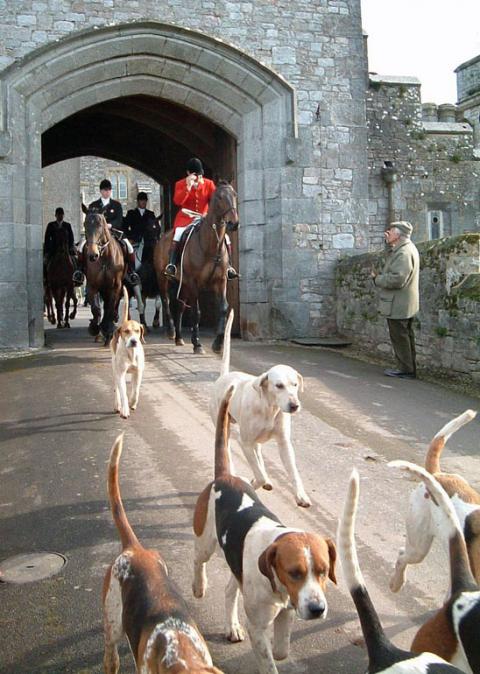
In England and Wales, as of 18th February 2005, the Hunting Act (2004) made it illegal to hunt various species of game (most notably foxes, but also deer and hare) with a pack of dogs. There are several concessions that the Act does permit to ensure that genuine pest control can still be carried out, including using up to two dogs to flush a fox to waiting guns (or, bizarrely, a bird of prey). The Act remains highly controversial and some have found apparent ‘loop holes’ in the law, largely because it is ambiguously worded. Indeed, I have seen some people interpret certain parts of the Act as meaning that if your dogs flush a fox while you’re out for a walk, you’re obliged to kill it. This is, of course, not the case. Schedule 1 Section 7 of the Act, for example, states that:
“Reasonable steps must be taken for the purpose of ensuring that as soon as possible after being found or flushed out the wild mammal is shot dead by a competent person.”
The point is that if you’re out hunting foxes and plan to kill the foxes you encounter, you must shoot the fox as soon as is safe to do so once your dogs have flushed it – rather than letting your dogs chase and/or kill the fox. If you happen to be out with your dogs for some reason other than hunting foxes and they flush one, you are not obliged to shoot it; just to call your dogs back.
It has been argued that the Hunting Act has not, and will not, save the life of a single fox. This is likely to be true; but this is missing the point. The aim of the Hunting Act was not to afford foxes any form of conservation -- Red foxes are not endangered and show no signs of being in need of conservation in any part of their range -- it was to try and regulate the manner in which the fox is killed, to make it as humane as possible. Death down the barrel of a shotgun or rifle by a competent marksman is widely considered a more humane method of dispatching a fox than is a pack of hounds.